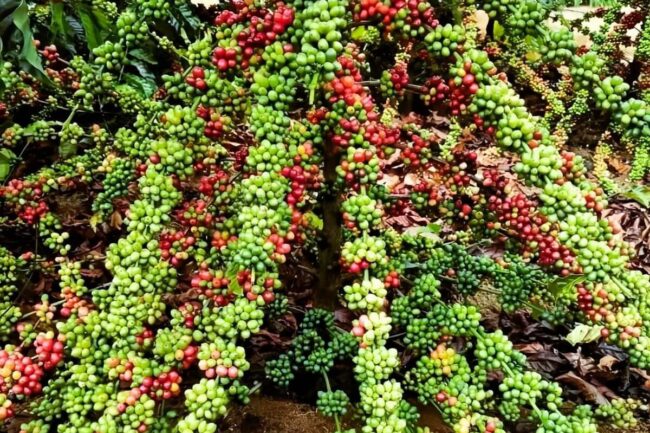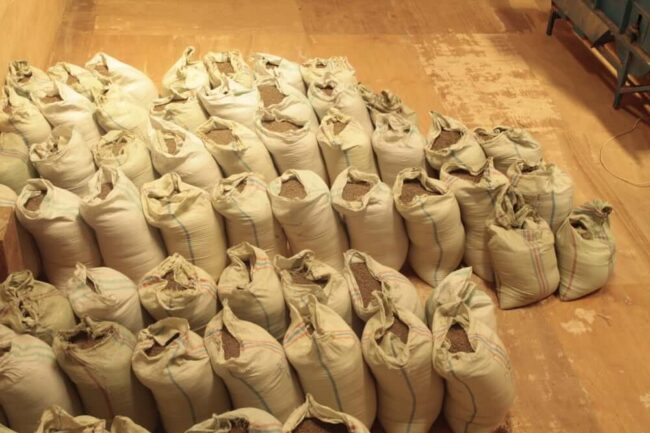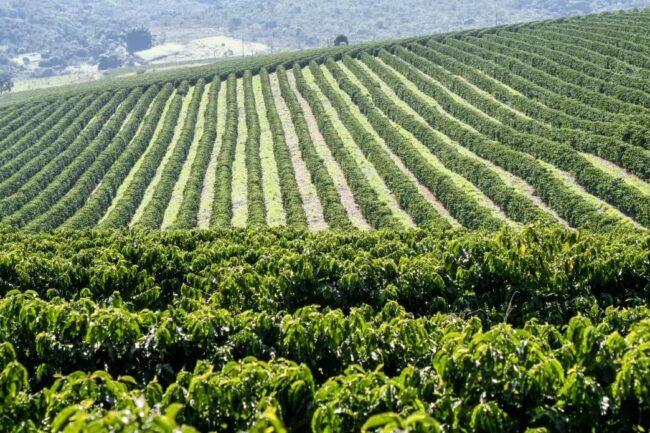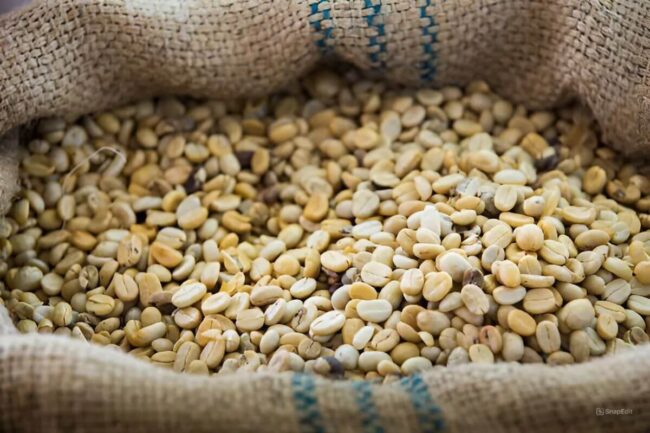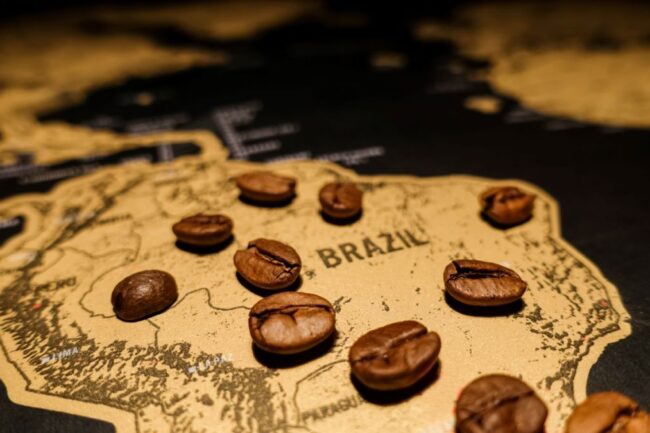Coffee is more than popular: it’s ubiquitous. No other beverage is as revered or respected. It can be seen in offices, during commutes, and on kitchen counter tops worldwide.
Coffee exporting alone is a $20 billion dollar industry, mostly consumed by industrialized nations while being produced by the world’s underclass. It’s so beloved today, you would never know drinking coffee once carried the death penalty.
After crude oil, coffee is the most sought commodity in the world
There’s no shame in coming in second place to oil. Coffee is worth over $100 billion worldwide.
That puts it ahead of commodities like natural gas, gold, brent oil, sugar and corn.
Worldwide, we drink over 500 billion cups of coffee every year
And of that number, 14 billion are Italian espresso coffees.
Coffee farms are the economic livelihood of over 25 million people.
Coffee is grown in over 50 countries in Asia, Africa, South America, Central America and the Caribbean. And 67 percent of the world’s coffee is grown in the Americas alone.
Despite the different flavors and varieties, there are really only two types of coffee
Arabica and robusta are the two main commercially grown and sold coffee beans.
Arabica is the more common type of bean grown (70 percent of coffee is Arabica), and it’s considered more flavorful. Robusta is hardier and cheaper, most commonly seen in instant coffee jars.
Over half of Americans over the age of 18 drink coffee daily
American coffee drinkers average 3 and a half cups of coffee every day.
Coffee is the source of 75 percent of America’s caffeine
Substantially more than any tea, soda or energy drink.
Coffee shops are the fastest growing niche in the restaurant business
If it seems like there are coffee shops popping up everywhere around you, you might be right — coffee shops have a seven percent annual growth rate.
Starbucks, by far America’s coffee giant, is the third largest restaurant chain in the U.S.
90 percent of the world’s coffee production takes place in developing countries
And its consumption takes place in industrialized nations. The top three producers of coffee are Brazil, Vietnam and Columbia.
Finland drinks the most coffee per capita in the world
Meanwhile, the first major coffee producing country to appear on the list is Brazil at number 13.
The United States ranks 25th per capita, but we consume the most coffee overall.
“Fair trade” coffee is still a small portion of the market, but it is the most popular fair trade commodity in the world
“Fair trade” coffee was instituted to provide growers with better conditions and a higher cut of the profit.
Under fair trade rules, the coffee importer has a direct relationship with the grower, and pays more to maintain that relationship. Prices fluctuate, but most recently coffee farmers in fair trade cooperatives got $1.26/pound for their Arabica coffee, while regular coffee prices were around $0.70 to $0.90.
Companies like Starbucks, Dunkin’ Donuts and McDonald’s all carry fair trade coffee.
According to the World Wildlife Fund, of the 50 countries with the highest deforestation rates from 1990 to 1995, 37 were coffee producers
Coffee was traditionally grown in the shade. In order to increase yields, outside organizations pushed growers towards planting their crops in the sun.
New techniques include using chemicals and chopping down forests, which allow for greater output but diminish the coffee’s taste and ruin the habitats of the surround fauna.
As a side note, “shade-grown” or “bird-friendly” coffee is now marked up and sold at a premium.
__
Source: businessinsider.com
